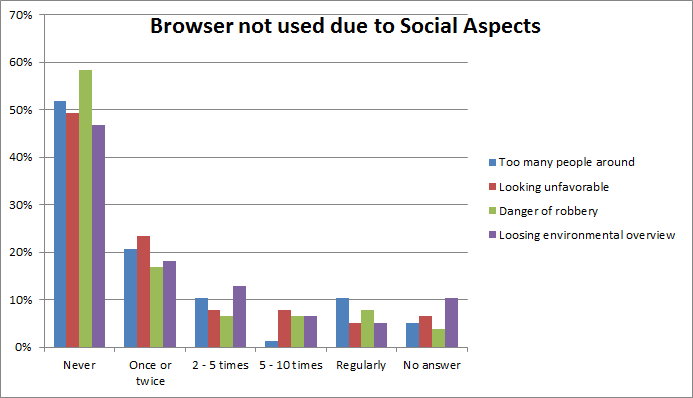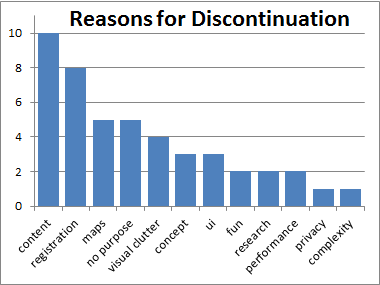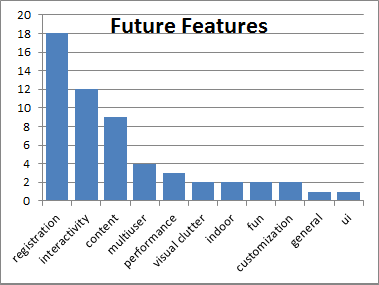Handheld Augmented Reality Browsers
Abstract
AR browsers are mobile applications that provide access to information that is situated in
the physical world and is accessible via web technologies. First generation AR browsers provided mainly access to geo-referenced points of interest (POI) while newer generations allow interaction with rigid physical objects (such as posters). Since their first appearance in 2008 (Wikitude 1 ) on smartphones AR browsers have become commercially successful. With over several commercial providers and over 40 Million downloads in mobile app stores they are the most downloaded AR application type for consumers. While being only a small segment within the mobile app landscape (with over 20 Billion downloads of mobile
applications from the app stores as of 2013 ).
So far,
motivations for using AR browsers and usage patterns have been widely underexplored. We therefore conducted one of the first studies investigating the adoption and motivations of real-world first generation AR browser users. The study combined an online survey of AR browser users with an analysis of app market data.
We found that while the usage of Augmented Reality browsers is often driven by their
novelty factor, a substantial number of long-term users exist. The analysis of quantitative and qualitative data showed that
poor and sparse content, the user interface design or the system performance are major elements inhibiting the long-term usage of this technology by early adopters.
Media




Publications
- Jens Grubert, Tobias Langlotz & Raphael Grasset. Augmented Reality Browser Survey. Institute for Computer Graphics and Vision, University of Technology Graz. Technical Report Number 1101, 2011.
pdf
- Tobias Langlotz, Jens Grubert & Raphael Grasset. Augmented Reality Browsers: Essential Products or Only Gadgets?. Commun. ACM 56, 11, (pp. 34-36). November 2013.
pdf | doi



